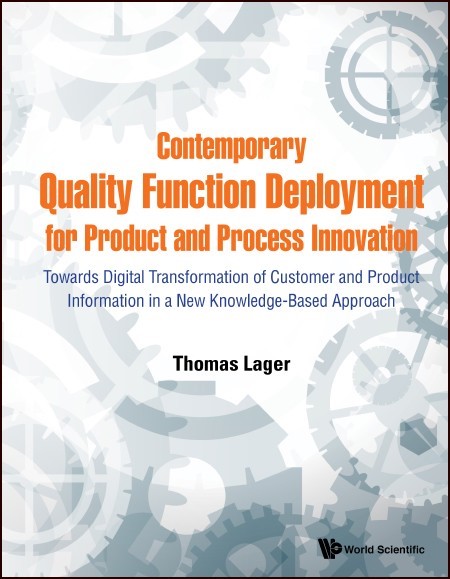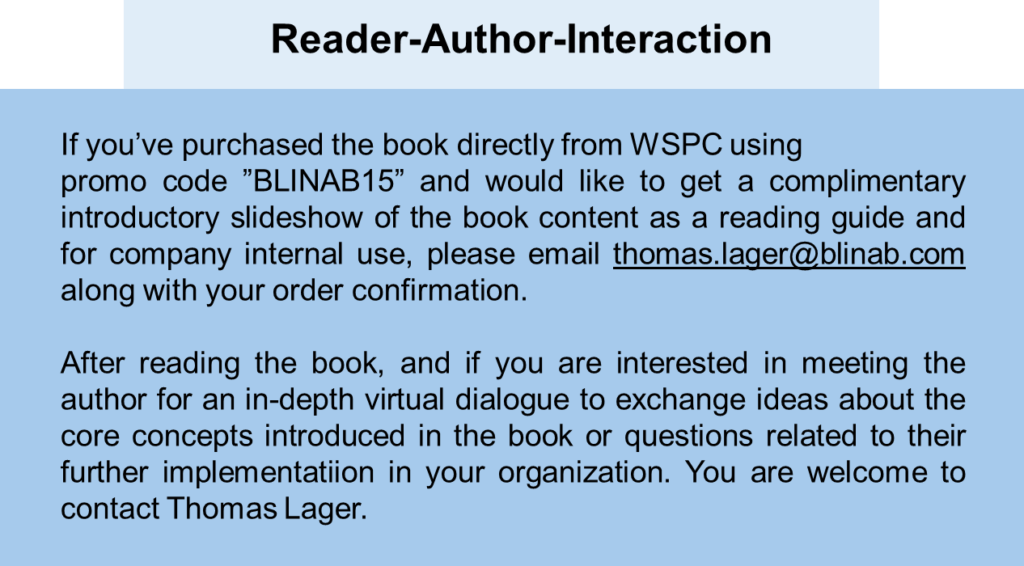Contemporary Quality Function Deployment for Product and Process Innovation: Towards Digital Transformation of Customer and Product Information in a New Knowledge-Based Approach

In today’s highly competitive industrial climate, and in times of limited company resources and a continual need to improve company performance in all areas, the use of effective and efficient tools and development methodologies for research and development (R&D) is one interesting avenue to follow. Thus, the question is not really whether they should be deployed or not, but rather which methodologies and best-practices should be used, and why, when and how they should be deployed.
“Contemporary Quality Function Deployment for Product and Process Innovation: Towards Digital Transformation of Customer and Product Information in a New Knowledge-Based Approach” introduces the reader to the industrial use of the Quality Function Development (QFD) methodology in product and process innovation. Customer, product and production data related to each product family will be digitized in the matrix structures used in this methodology and be made accessible, more transparent and visible, thus facilitating a holistic product information perspective. Moreover, using this information in the creation of Integrated Knowledge Platforms (IKPs), supporting more digitalized product and process innovation work processes, will speed up product development and capture vital information to be used in your next generation product innovation projects. From an overall company perspective, the well-proven ability of the QFD methodology to stimulate cross-functional product innovation will guide product innovation towards a new knowledge-based approach in its enhanced digital transformation and use of integrated customer, product and production information.
Using the QFD methodology, you will learn how to create a retrievable and accumulated digitized company knowledge base, coupled with improved company communication. You will get better decision support, assisting in the development of better product specifications, and resulting in better products and ultimately leading to improved customer satisfaction. The adoption of the QFD tool and matrices in building such well-structured knowledge-based platforms (IKPs) related to individual products or product families is the heart of the matter and the “hidden gem” of QFD methodology use.
The book aims to serve as a manual introducing the methodology and how to use it, offering a guiding framework and a handbook for the methodology’s industrial use for both newcomers and product developers. Furthermore it offers new perspectives on a more efficient and effective use of the QFD methodology for the seasoned practitioner. This book can also serve as a textbook for students in all disciplines of the natural sciences, innovation management, product design and engineering. Each part of the book concludes with a number of questions that can be used as learning instruments in lecturing and for more advanced tutorials.
Thomas Lager’s book is available from online bookshops like Amazon, but we recommend you to order your copy directly from WSPC in use of the “Promo Code” BLINAB15 https://doi.org/10.1142/11265
